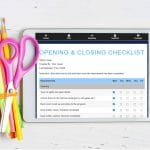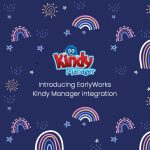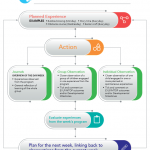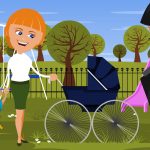Supporting Inclusive Practice
The April 2021 ACEQCA Newsletter is well worth reading if you’re looking at inclusive practice, as it highlights international research that acknowledges the Australian early childhood sector for its commitment to continuous improvement, particularly in supporting children with additional needs. This commitment has been attributed in part to the National Quality Framework and the principles of equity, inclusion and diversity.
In my view, Australia’s success in inclusive practice can also be attributed to Australian educators’ commitment to ensuring all children have the opportunity to be as successful as they can be. For example:
- Providing visual aids for children on the autism spectrum,
- Incorporating sign language for children with hearing impairments,
- Providing inclusive tools such as self-opening scissors, accessible resources, and quiet spaces, or
- Installing raised veggie patches for children with reduced mobility.
EarlyWorks allows services to easily document examples of inclusive practice and includes functions that make EarlyWorks an inclusive tool. Here are just some of these😊.
Ways to document inclusive practice:
- Using the ‘resources’ function, include images or documents illustrating inclusive practices in planned experiences.
- Add images, PDFs or Word documents as ‘resources’ in programs to illustrate inclusive strategies:
- Images of sign language being used, inclusive tools such as self-opening scissors, pencil grips or sensory cushions,
- PDFs of visual aids,
- PDFs of plans for an accessible garden.
- Add images, PDFs or Word documents as ‘resources’ in programs to illustrate inclusive strategies:
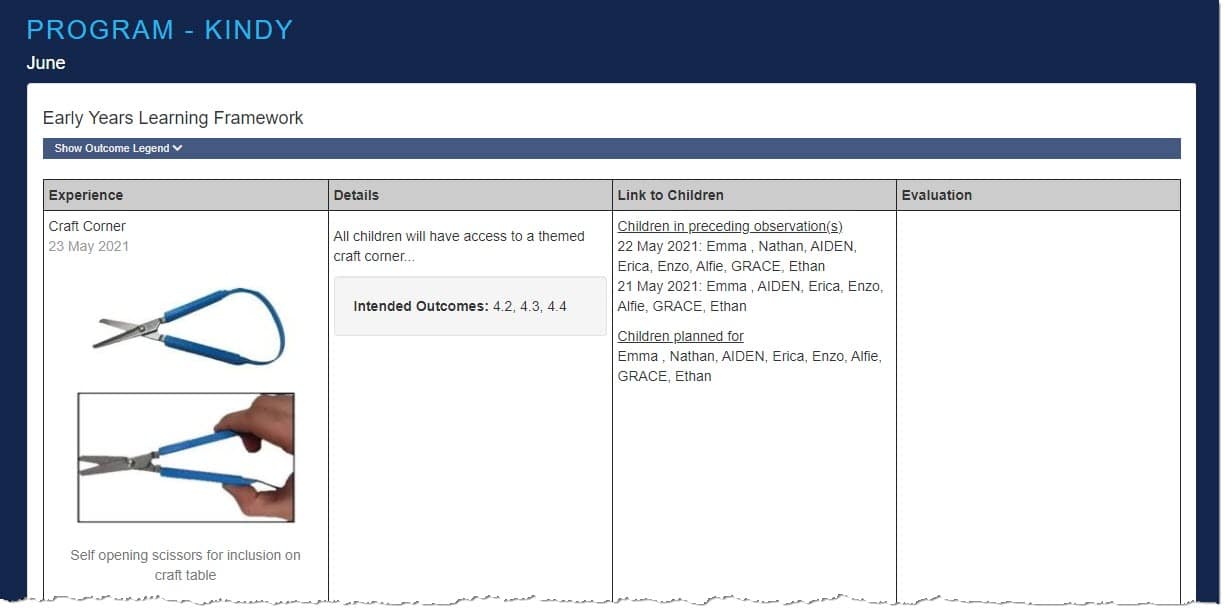
- Link Observations to Experiences from previous Programs.
- We know that children’s learning is not always predictable, and that children will progress towards outcomes at different rates and in different ways. One way to document this, is to link your observations back to experiences from previous programs. You might for example add new equipment to the outdoor area and add this as an experience in the program. Months later, one of your children develops the skills to play on that equipment (for example riding a tricycle or balancing on a beam). Linking your Observation documenting the child’s achievement to the Experience from the previous Program is evidence of persistence, commitment, and confidence (Outcome 4.1) for the child, and evidence of the educator living out the NQS 1.2.3 ‘Child directed learning’.
Ways EarlyWorks allows educators to be inclusive:
- Make Experiences visible only to families linked to Children Planned For.
- Particularly helpful when you are planning experiences for one child, and do not want it to be shared with other families when they view the program.
- Invite children into rooms and include them in Observations, Journals, Planned Experiences and Daily Communications.
- Educators can use the invite function to include children from other rooms in their documentation. So, if there is an activity going on in one room that would be appropriate for a child from a different room, they can be invited into the Observation/Journal, and then this can be shared with the family and importantly, any outcome comments form part of that child’s learning journey.
- Provide family logins for allied professionals.
- Family logins can be provided for speech pathologists, occupational therapists or educational psychologists working with children in the service. This family login will allow for communication between educators, families, and allied professionals (NQS 6.2 Collaborative Partnerships).
As well as being the right thing to do, being inclusive is a requirement under the National Quality Standard (3.2.1 Inclusive Environment). So today, or this week, might be an appropriate time to reflect on the wonderful initiatives your service has introduced ‘to support every child’s participation and to engage every child in quality experiences in both built and natural environments’.



